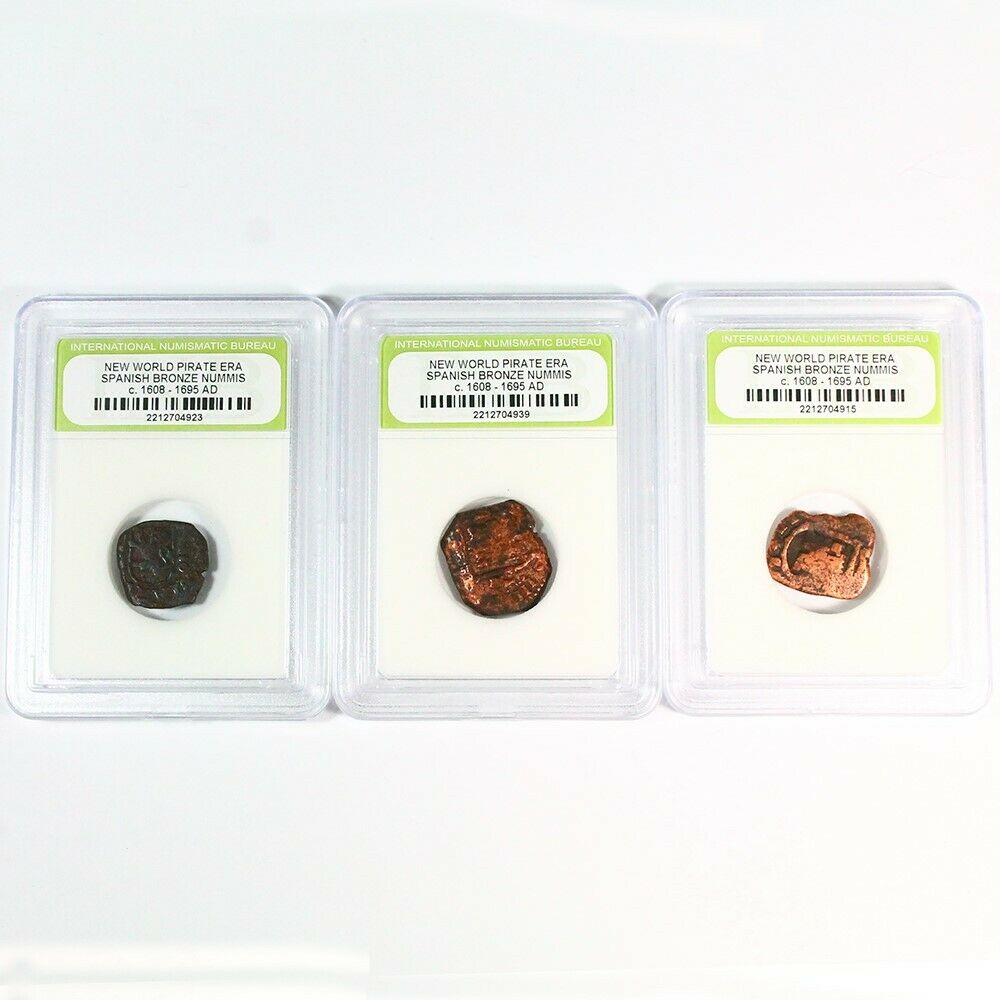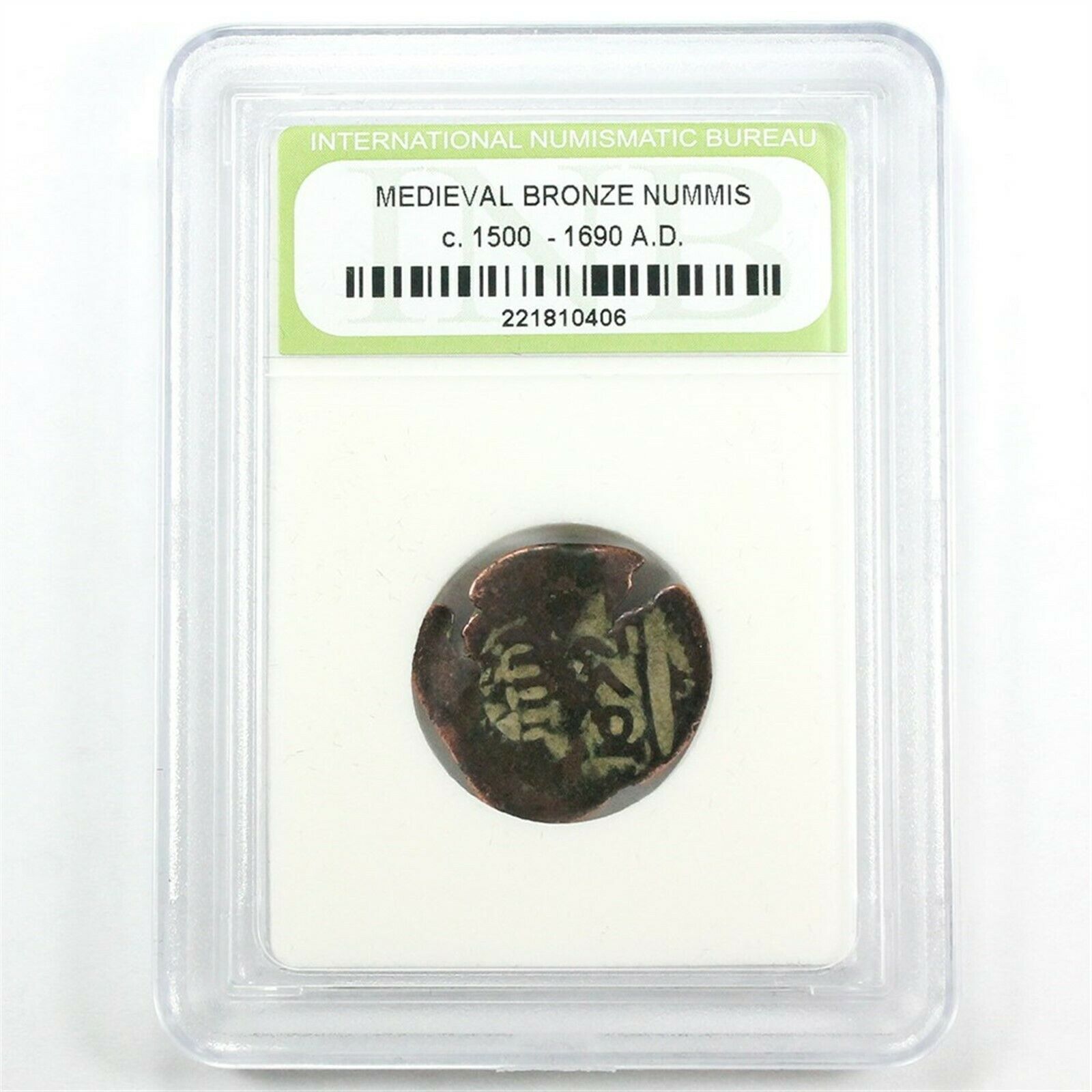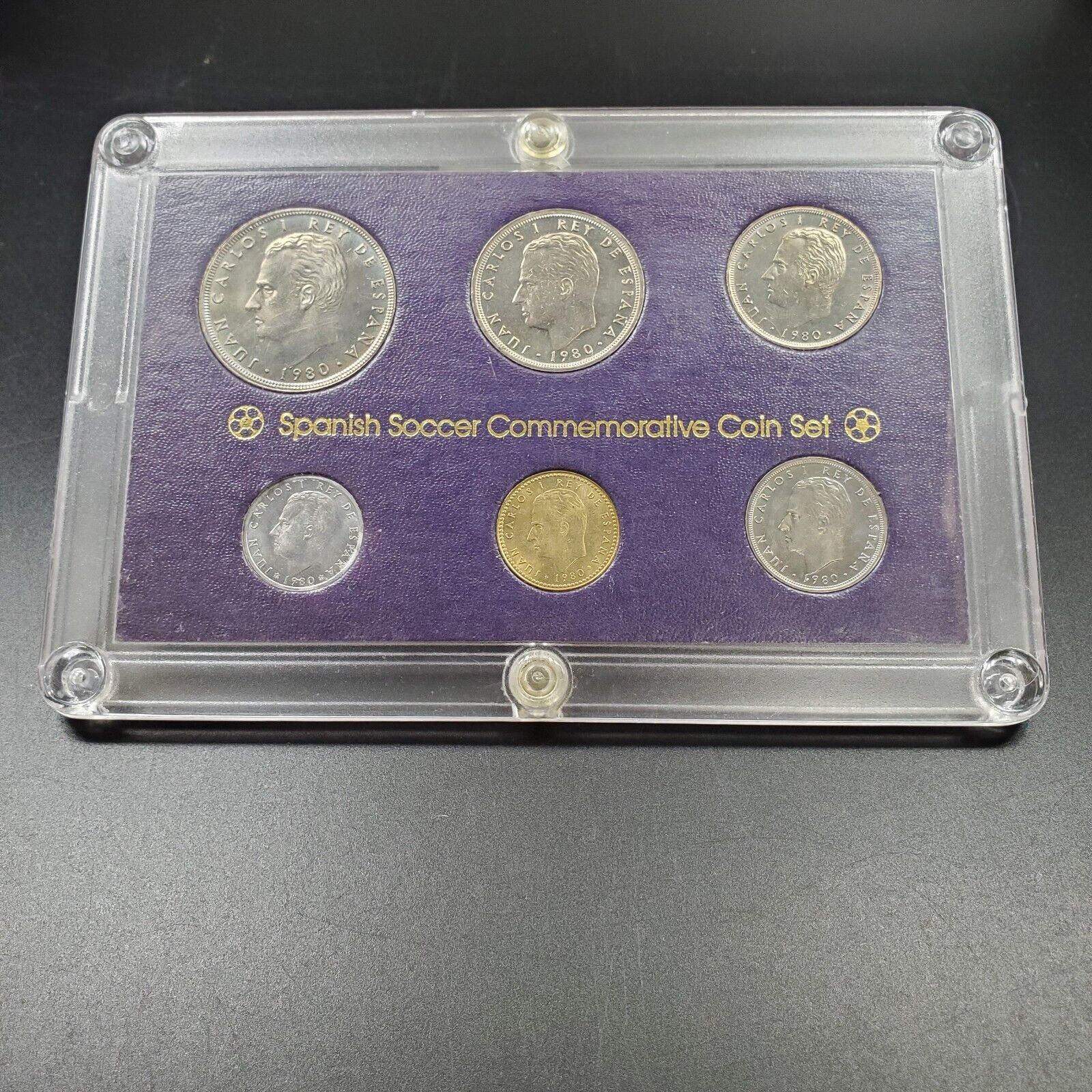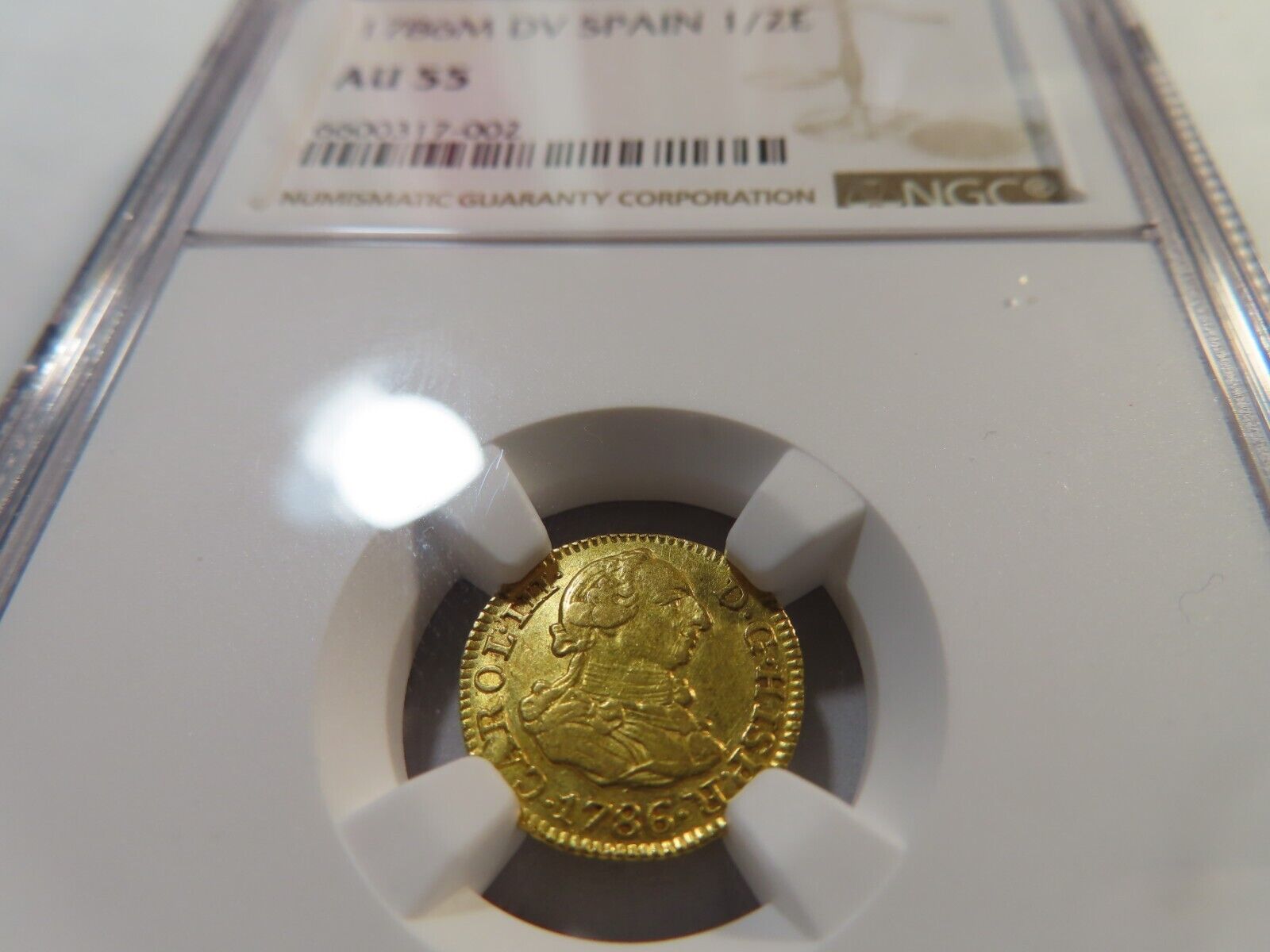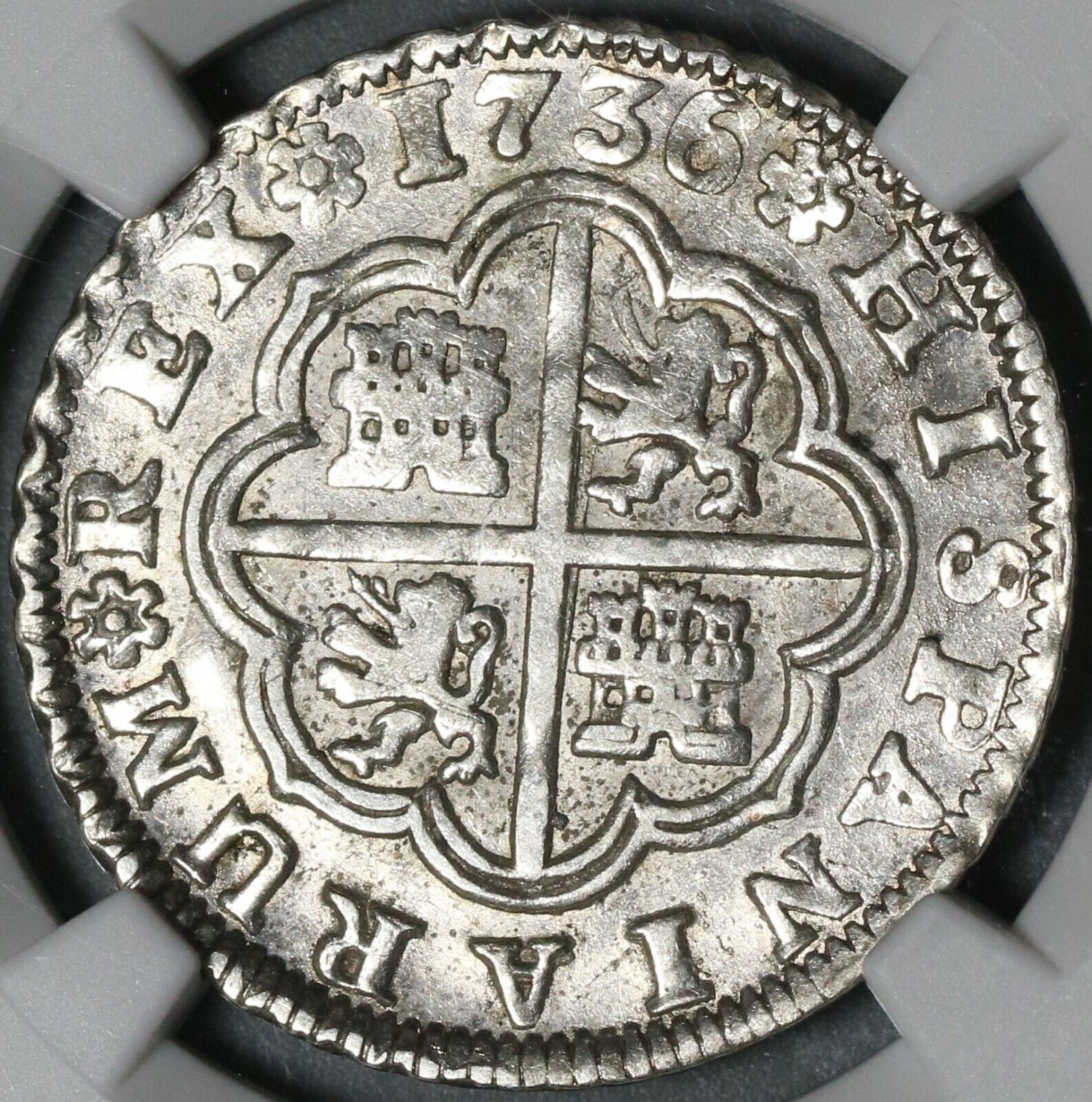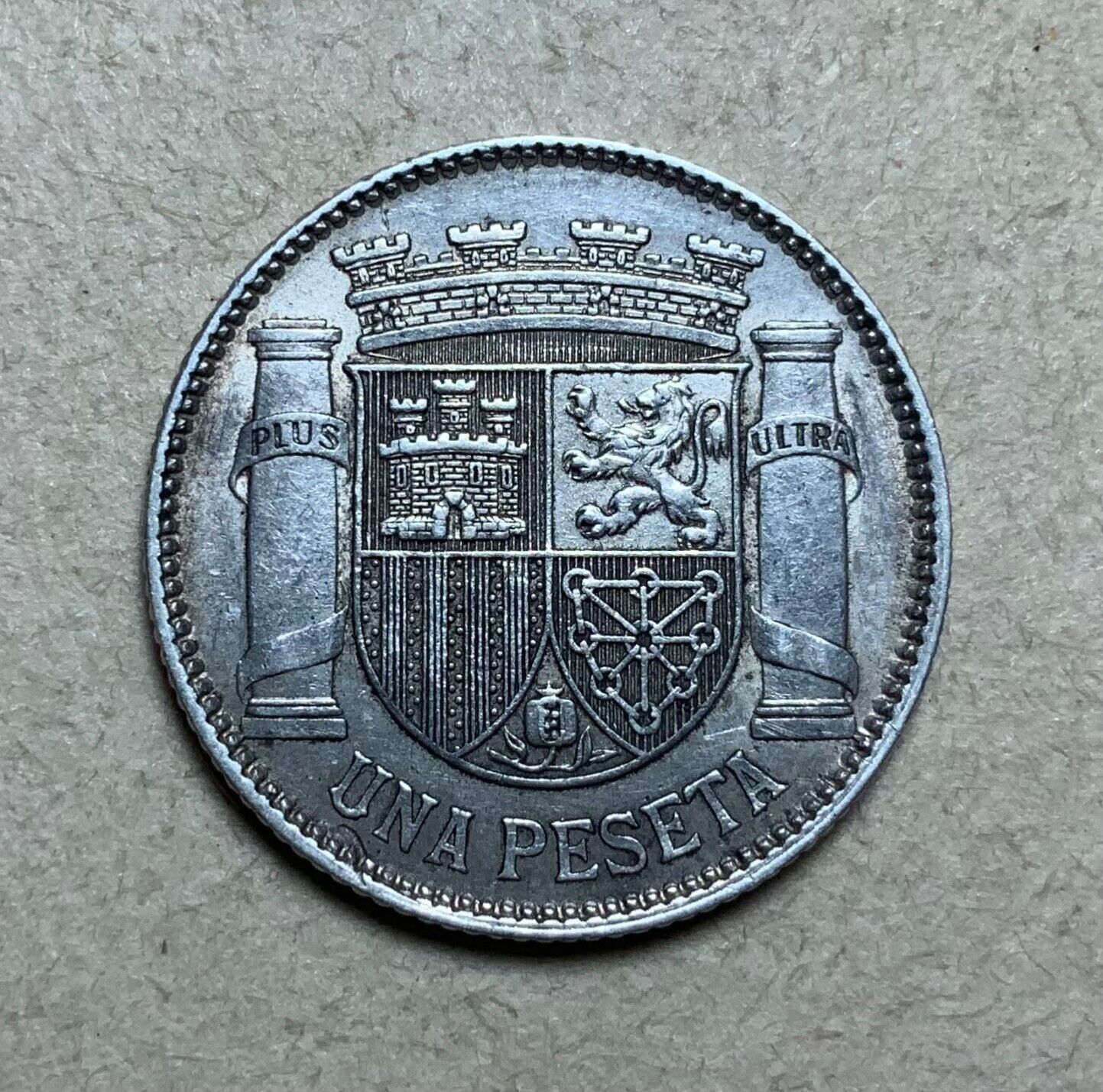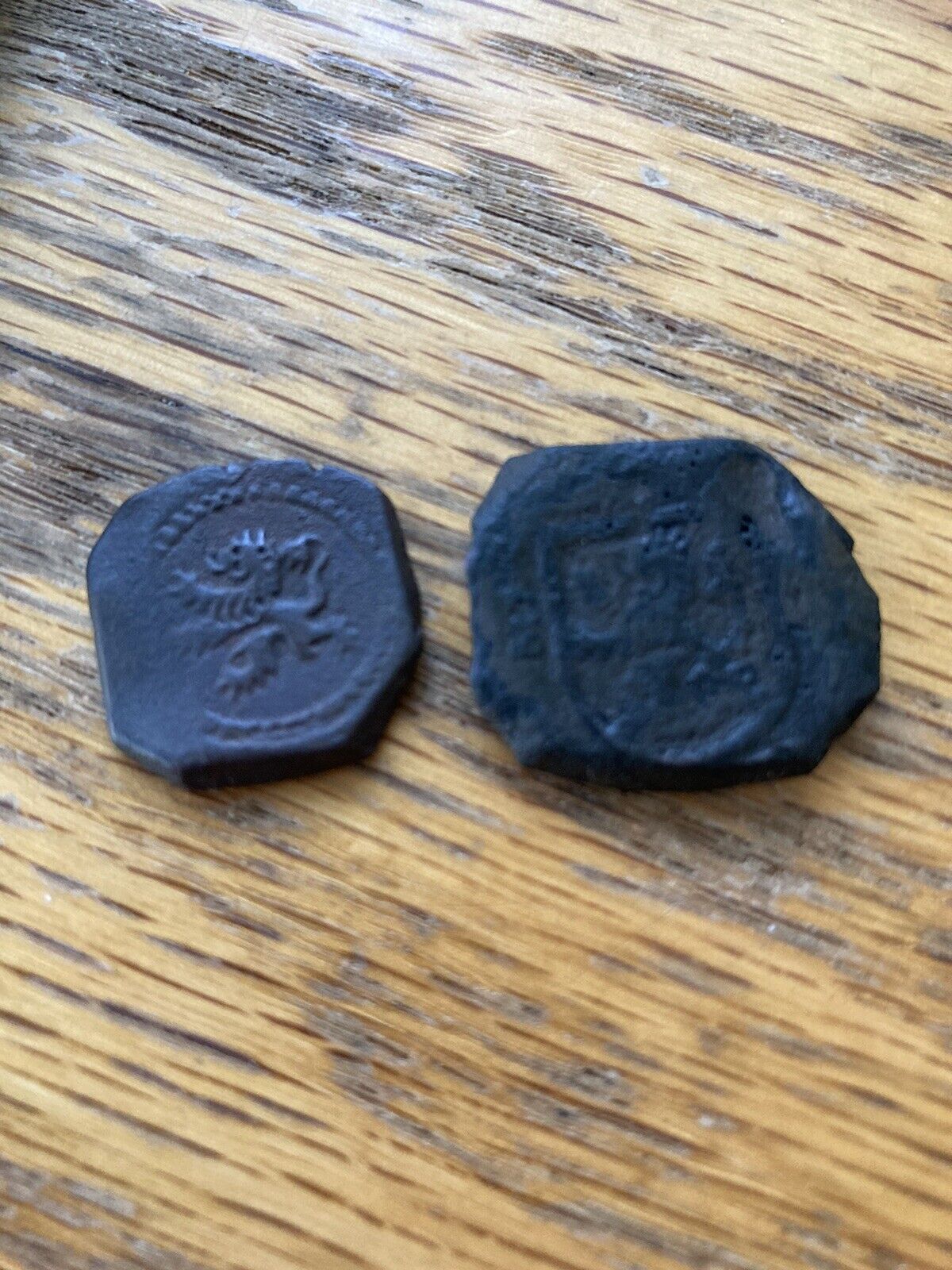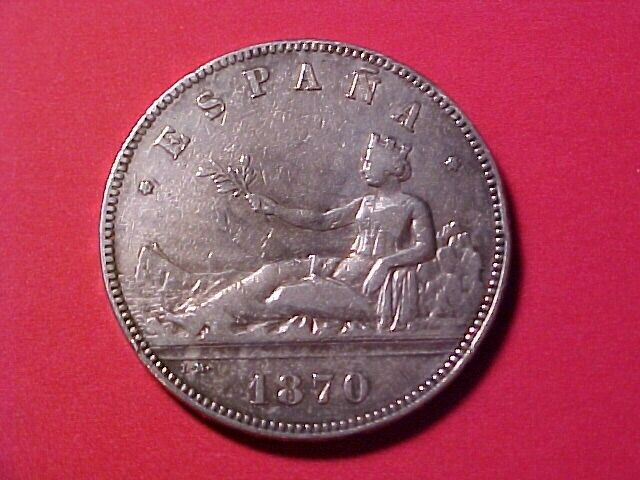-40%
1845, Spain, Queen Isabel II. Rare Gold 80 Reales Coin. Unlisted Date! NGC MS63!
$ 713.14
- Description
- Size Guide
Description
CoinWorldTV1845, Spain, Queen Isabel II. Rare Gold 80 Reales Coin. Unlisted Date! NGC MS63!
Mint Year: 1845
Denomination: 80 Reales
Mint Place: Barcelona (B)
Condition:
Certified and Graded by NGC as MS-63!
Reference: Friedberg 324, KM-A579 var. (
this date not listed!
)
Material: Gold (.875)
Diameter: 21mm
Weight: 6.77gm
Obverse:
Bare bust of Queen Isabel II of Spain right.
Legend: ISABEL 2a. POR LA GRACIA DE DIOS Y LA CONST . 1845 .
Reverse:
Crowned coat-of-arms with Spanish shield, splitting value (80-Rs.). All withi Toison d'Or (Golden Fleece Order) chain.
Legend: REINA DE LAS ESPANAS . B . - P.S.
Authenticity unconditionally guaranteed.
Bid with confidence!
Isabella II
(Spanish:
Isabel II
; 10 October 1830 – 10 April 1904) was Queen regnant of Spain ("Queen of the Spains" officially from 13 August 1836, Isabella II the "Queen of Castile, Leon, Aragon,...") She was Spain's first and so far only queen regnant, although she is sometimes considered the third Queen Regnant of Spain, as previous monarchs of Leon and Castile were counted as kings and queens of Spain. Counting the monarchs of Aragon as well, she is the fourth Queen regnant of Spain.
Isabella was born in Madrid in 1830, the eldest daughter of Ferdinand VII, King of Spain, and of his fourth wife and niece, Maria Cristina, who was a Neapolitan Bourbon and also a grandniece of Marie Antoinette. Maria Cristina became regent on 29 September 1833, when her daughter Isabella, at the age of three years, was proclaimed queen-regent on the death of the king.
Isabella succeeded to the throne because Ferdinand VII induced the
Cortes Generales
to help him set aside the Salic law introduced by the Bourbons in the early 18th century, and to re-establish the older succession law of Spain. The first pretender, Ferdinand's brother Carlos, fought seven years, during the minority of Isabella, to dispute her title. His supporters and descendants were known as Carlists and the fight over the succession was the subject of a number of Carlist Wars in the 19th century.
Isabella's throne was only maintained through the support of the army. The
Cortes
and the Liberals and Progressives, who at the same time established constitutional and parliamentary government, dissolved the religious orders, confiscated their property (including that of Jesuits), and tried to restore order in finances. After the Carlist war the queen-regent, Maria Cristina, resigned to make way for Baldomero Espartero, Prince of Vergara, the most successful and most popular Isabelline general, who remained regent for only two years.
He was turned out in 1843 by a military and political
pronunciamiento
led by Generals O'Donnell and Narvaez, who formed a cabinet, presided over by Joaquin Maria Lopez, and this government induced the
Cortes
to declare Isabella of age at 13. Three years later the Moderado party or Castilian Conservatives made their sixteen-year-old queen marry her double-first cousin Francisco de Asís de Borbón (1822–1902), the same day (10 October 1846) that her younger sister, Infanta Luisa Fernanda, married Antoine d'Orléans, Duke of Montpensier.
hese marriages suited France and Louis Philippe, King of the French, who nearly quarrelled in consequence with Britain. But the marriages were not happy; persistent rumor had it that few if any of the Spanish Queen Regnant's children were conceived by her king-consort, remoured to be an homosexual. For instance, the heir to the throne, who later became Alfonso XII, the Carlist party asserted had been conceived by a captain of the guard, Enrique Puig y Moltó.
Isabella reigned from 1843 to 1868, a period of palace intrigues, back-stairs and antechamber influences, barracks conspiracies, military
pronunciamientos
to further the ends of the political parties — Moderados who ruled from 1846 to 1854, Progressives from 1854 to 1856, Unión Liberal from 1856 to 1863. At this time, Queen Isabella was otherwise occupied achieving a monarchical revenge against Mexico, supporting, jointly with France, the Habsburg-Orleans Empire using the royal figures of Maximilian of Habsburg and Charlotte of Belgium, as Maximilian I and Carlota of Mexico. Moderados and Unión Liberals quickly succeeded each other and kept out the Progressives, thus sowing the seeds for the revolution of 1868.
Isabella often interfered in politics in a wayward, unscrupulous way that made her very unpopular. She showed most favor to her reactionary generals and statesmen and to the Church and religious orders, and was constantly the tool of corrupt and profligate courtiers and favourites who gave her court a bad name. She went into exile at the end of September 1868, after her Moderado generals had made a slight show of resistance that was crushed at the battle of Alcolea by Marshals Serrano and Prim. Other events of her reign were a war against Morocco (1859), which ended in a treaty advantageous for Spain and cession of some Moroccan territory; the fruitless Chincha Islands War against Peru and Chile; tensions with the United States; independence revolts in Cuba and Puerto Rico; and some progress in public works, especially railways, and a slight improvement in commerce and finance.
Her exile helped cause the Franco-Prussian War, as Napoleon III could not accept the possibility that a German, Prince Leopold of Hohenzollern-Sigmaringen, might replace Isabella, a dynast of the Spanish Borbons and two generations removed from her French-born grandfather Philip V of Spain.
Isabella was induced to abdicate in Paris on 25 June 1870, in favour of her son, Alfonso XII, and the cause of the restoration was furthered. She had left her husband the previous March and continued to live in France after the restoration in 1874. On the occasion of one of her visits to Madrid during Alfonso XII's reign, she began to intrigue with the politicians of the capital, and was peremptorily requested to go abroad again. She resided in Paris for the rest of her life, seldom traveling abroad except for a few visits to Spain. During her exile she grew closer to her husband, with whom she maintained an ambiguous friendship until his death in 1902. Her last days were marked by the matrimonial problems of her youngest daughter. She died on 10 April 1904, and is entombed in El Escorial.
Only 1$ shipping for each additional item purchased!



